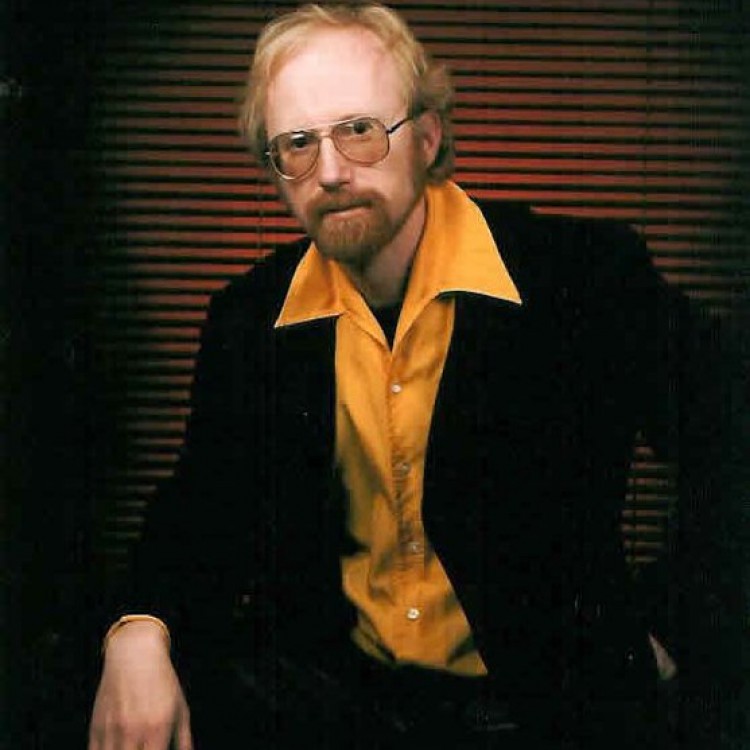This 3rd blog in the series was to be my own original theory of the Titanic tragedy’s final, fatal “cause.” Thankfully, due to what I just read on Wikipedia, my concern gets off to a flying stop. My notion was that Titanic was over-powered and under-steered.
Shouldn’t a ship that’s bigger, heavier, and more powerful require a bigger rudder? Look at the design, three giant screws with one modest-sized rudder. (The cutaway view is the Titanic model on display aboard the SS Queen Mary in Long Beach, CA. Other giant models there include Queen Mary RMS Lusitania, a ship especially dear to me because of my soon-to-be-published Lusitania spy thriller. See the video of my own live-action Lusitania ship model at leonardcarpenter.com, & my 2 previous blogs.)
Aboard RMS Titanic, the order given on sighting the iceberg was “Rudder hard-aport, engines full reverse!” Afterward, it was stated that the ship seemed slow in turning—a delay that could have caused the collision, or made the damage critical.
The cutaway shows Titanic’s rudder mounted directly behind the central screw. In my view, with engines reversed, this would affect the action of the rudder, reversing its force. Water currents drawn in under the stern by those powerful screws would cause a port rudder to push the ship to starboard, not port.
Now it appears that my concern about the rudder was shared by the ship’s designer, because Wikipedia states that the central screw could not be reversed. Only the port and starboard screws could, while the center screw was only stopped and would not battle the rudder.
So, was the rudder adequate? The same Wiki article states that Titanic was “agile,” capable of rapid turns. But here another factor may emerge. Historically, there has been confusion between orders to “port rudder” and “port tiller.” In a small vessel with hand-operated tiller-and-pintle or a steering oar, moving the tiller to port causes the rudder to swing starboard, & vice versa. The command “port-rudder” in some times and waters and nationalities, would actually be construed as “port tiller.” And in fact, there are some reports that the steersman aboard Titanic confessed to making this error, briefly at least in the urgency of the moment. How complex can this issue get?
The announced intention of the deck officer was to make a double turn, first swinging the ship’s bow away from the ice floe and then, as Titanic drifted forward, swerving the stern clear of the obstacle with a “hard-a-starboard” command. But by the time the ice was ever-so-lightly grazing the ship’s flank, that second turn seemed unwise. And as it happened, a number of small diverse factors had combined to alter history and thousands of lives.

